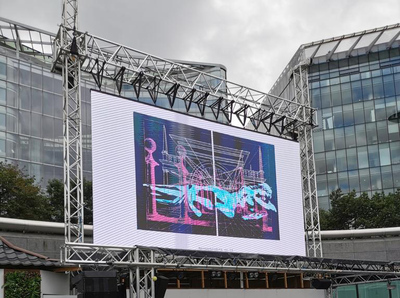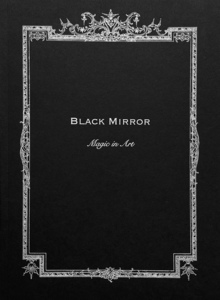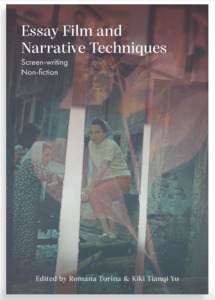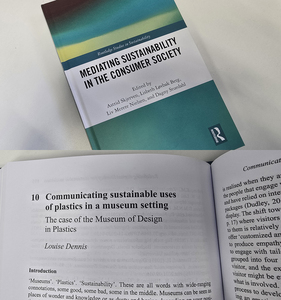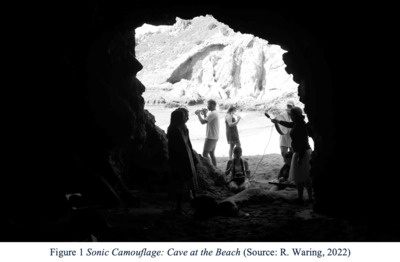This chapter considers objects as powerful pedagogic tools and examines how they can facilitate student-centred, experiential and active learning. This study reports key research findings, based on students’ critical and reflective evaluation of their object-based learning, and provides evidence that objects provide active learning experiences that can engage learners, enrich learning and energise teaching.
The study considers how students develop their engagement with objects and how they can explore individual preferences through the appraisal of objects’ form and function. The discussion considers how mundane objects can generate valuable and memorable pedagogic experiences, notably when studied away from the museum and placed in the context of the students’ classroom. Objects can present complex, challenging conundrums which students, through their interrogation of examples, can interpret, take meaning and make sense of. Students’ hands-on engagement with objects can inform and inspire their thinking and design making.
In particular the toilet brush - a necessary prosaic design – is considered as a valuable pedagogic implement: it can encourage students to critically analyse its social, historical, cultural, economic and technological relevance and worth. The discussion evidences that objects can generate deep learning opportunities as items stimulate curiosity and critical and analytical investigation, debate and evaluation. This chapter explores the challenges and nuances of using such learning objects and considers the reasons why certain designs prove to be successful learning aids and are popular with both learners and tutors. This study presents a specific pedagogic approach that offers potential for cross-discipline adoption and adaptation.
 |



 Lists
Lists Lists
Lists

